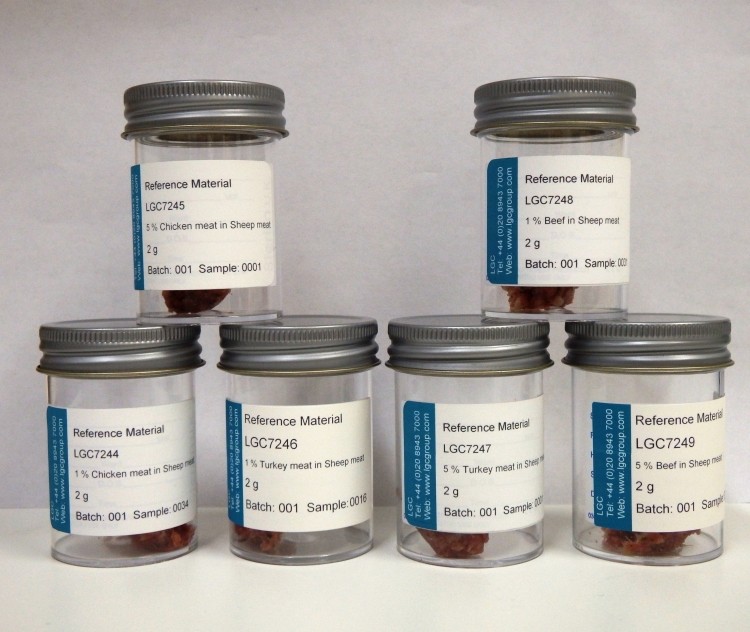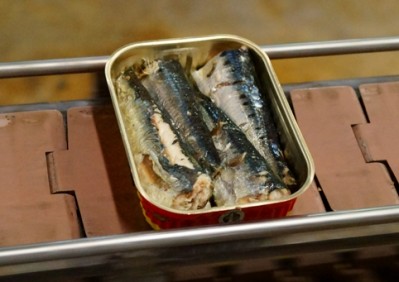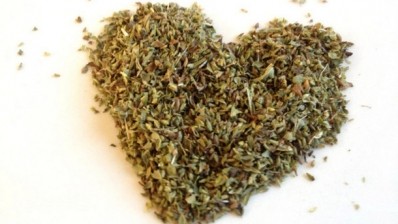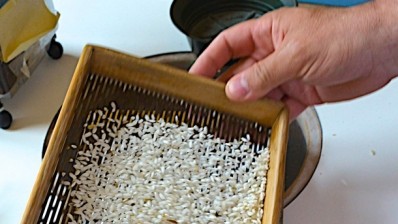Meat fraud detection referenced

The materials were analysed using three different approaches – DNA sequencing, a polymerase chain reaction-based method and an immunoassay method – to confirm the expected meat species in the samples and the absence of possible species cross-contamination. The limit of detection is below 1% of one meat species in the presence of another.
These reference materials were produced in direct response to the 2013 horsemeat crisis and subsequent reports of substitution of cheaper meat in the food chain.
“The Food Standards Agency report and the Elliott review into the integrity and assurance of food supply networks have revealed the extent of food fraud,” says Gill Holcombe, head of reference material production at LGC.
“It has highlighted the need for reference materials to help laboratories identify species present in meat samples.
“We produced reference materials for identifying and quantifying horsemeat in beef and pork in beef in March 2013, and we have now added sheep meat and additional mixtures to our catalogue of reference materials.”
LGC has also produced single meat species reference materials for turkey, chicken, sheep, horse, beef and pork.
Contact: LGC
















